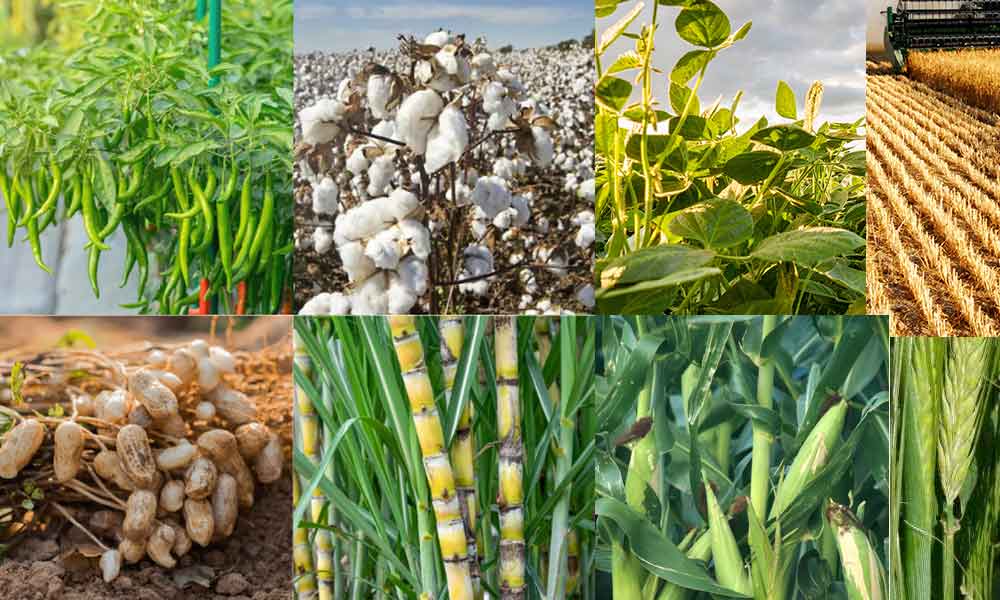Demand and prices on the rise
The population of the world is growing at very high rates and the food demand is rising accordingly. Indeed, the world population is forecast to reach over 900 biillion people by 2050. Estimations published in 2019 show that by 2050 the consumption of livestock products is going to increase significantly. For instance, the consumption of milk might grow by over 260 percent, for eggs by 250 percent. Likewise, meat demand will reach high levels too. This scenario could have negative consequences on the food supply in the world. Over the last years, the average share of the world population suffering from severe food insecurity has been rising. Between 2018 and 2022, nearly 20 percent of people experienced hunger. People in severe food insecurity would go for entire days without food, due to lack of money or other resources. In fact, the food CPI is increasing month by month in Nigeria.
According to the UN’s Food and Agriculture Organisation (FAO), there's an estimated 70.8 million hectares of arable land as at 2016, of which around 40% is currently under cultivation. Farming in around the world is a dispersed activity carried out mostly by rural smallholders, which creates limitations on cultivation levels. Depressed productivity in the sector is attributed to low usage of improved seeds by farmers, poor quality of inputs, little or no access to credit and an ageing farming population.
Government Intervention
As part of efforts to diversify the economy, the government has introduced a number of incentives to encourage agricultural growth by supporting both the supply and demand sides of the market. In terms of supply, the world Bank in 2015 Anchors Borrowers programme aimed to boost production and create a steady market for smallholder farmers by linking them with businesses that process agricultural products.
That same year the government introduced demand-side support in the form of a food import ban that prohibited access to foreign exchange for 41 items including rice and poultry. In mid-August 2019 President Muhammadu Buhari doubled down on this policy, directing the central bank to stop all foreign exchange for food imports. As of the end of the month the central bank had not confirmed that it would undertake to do so. The effectiveness of the initial measure has been inconsistent. For example, although the Minister of Agriculture and Rural Development disclosed that rice imports fell by 95% between 2014 and 2017 from 1.23 million tonnes to 23,192 tonnes, illicit rice continues to enter the country from neighbouring Benin, which has recorded an increase in rice imports from Thailand since the ban.





